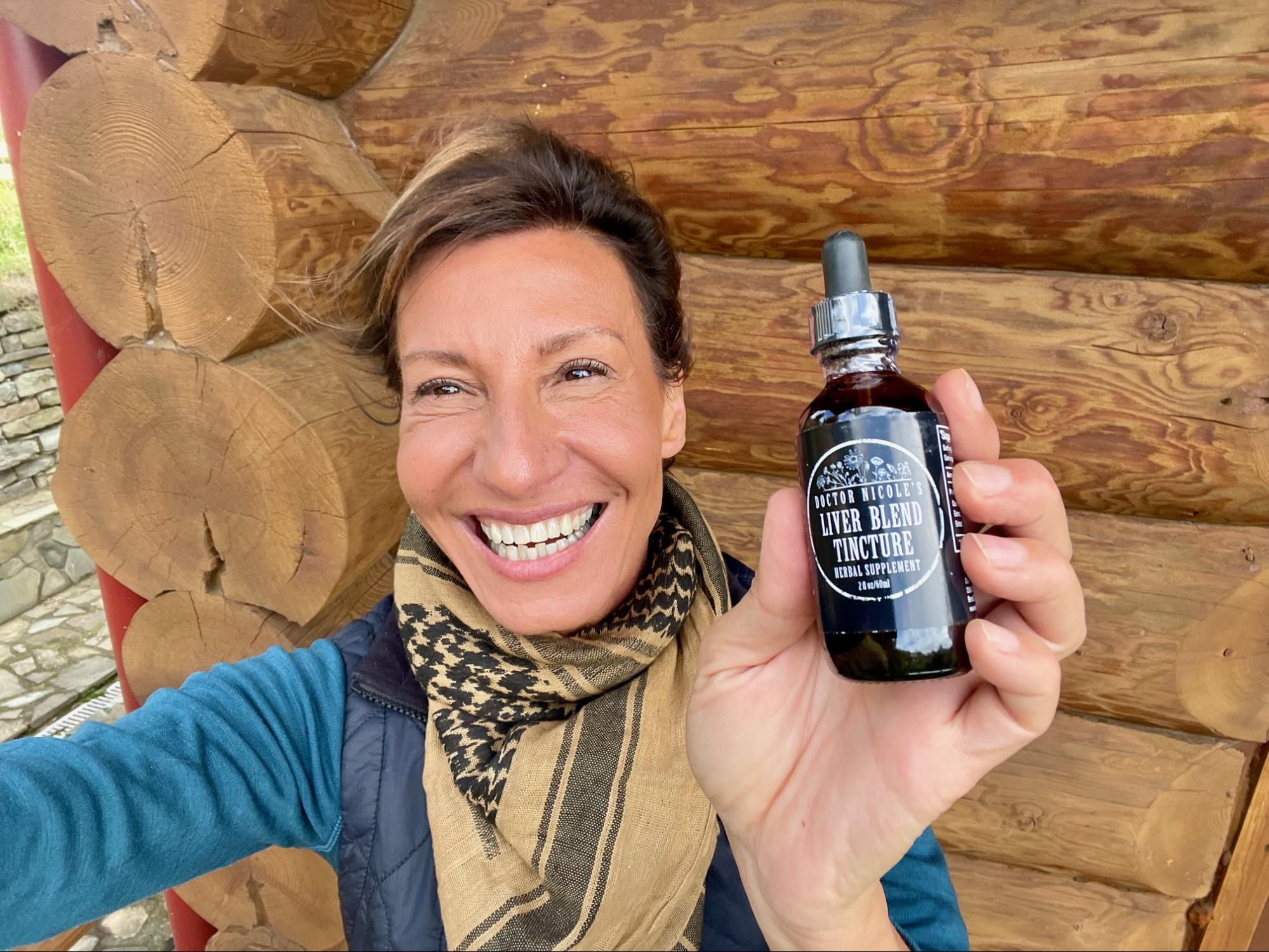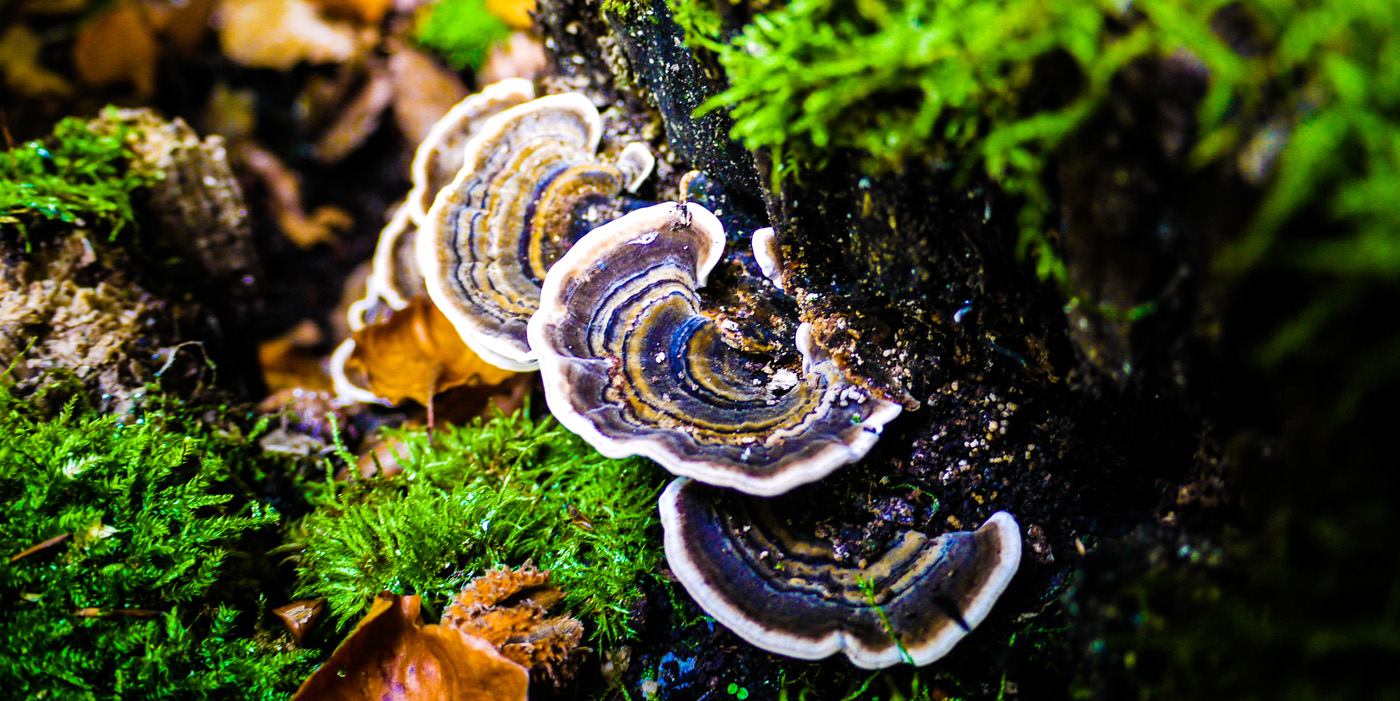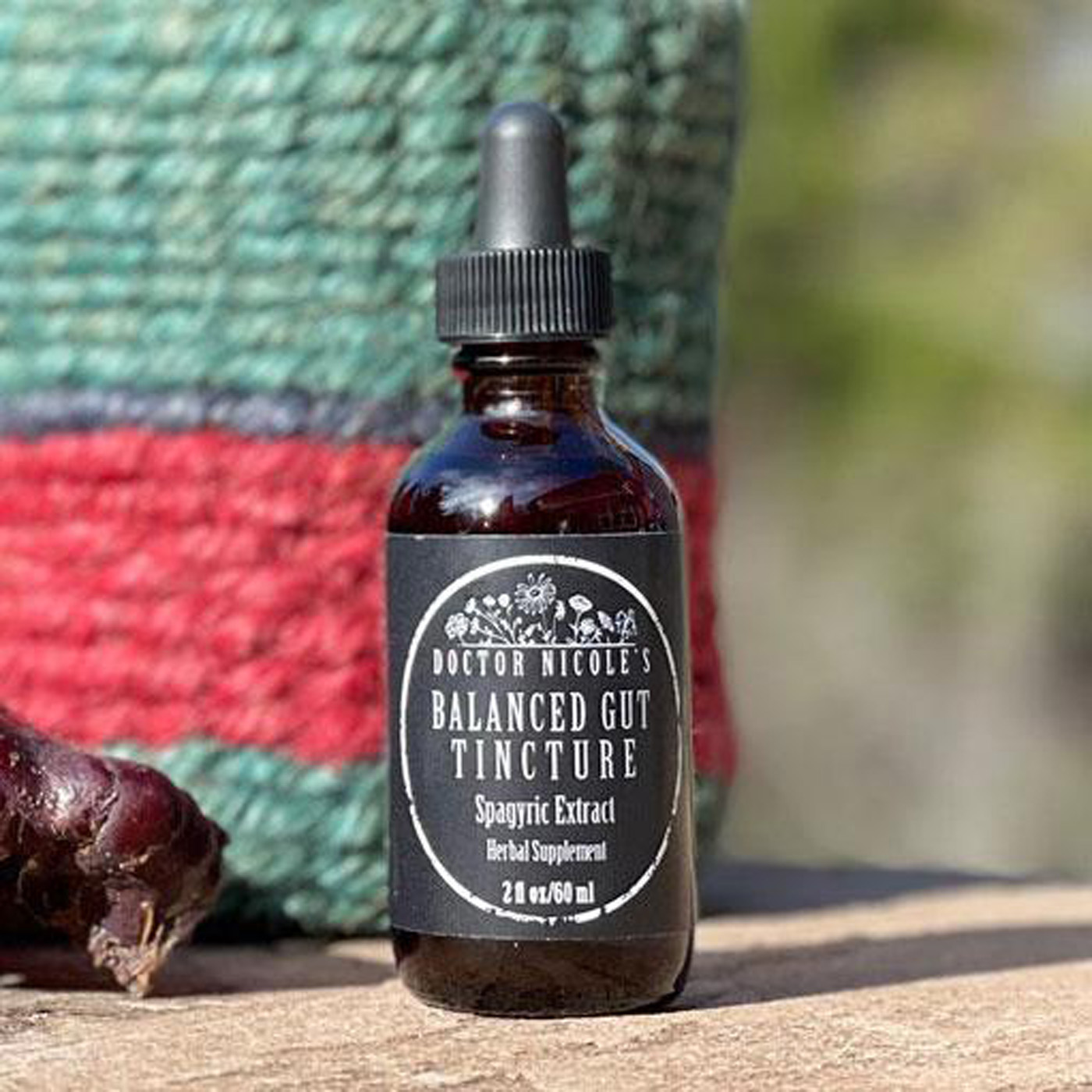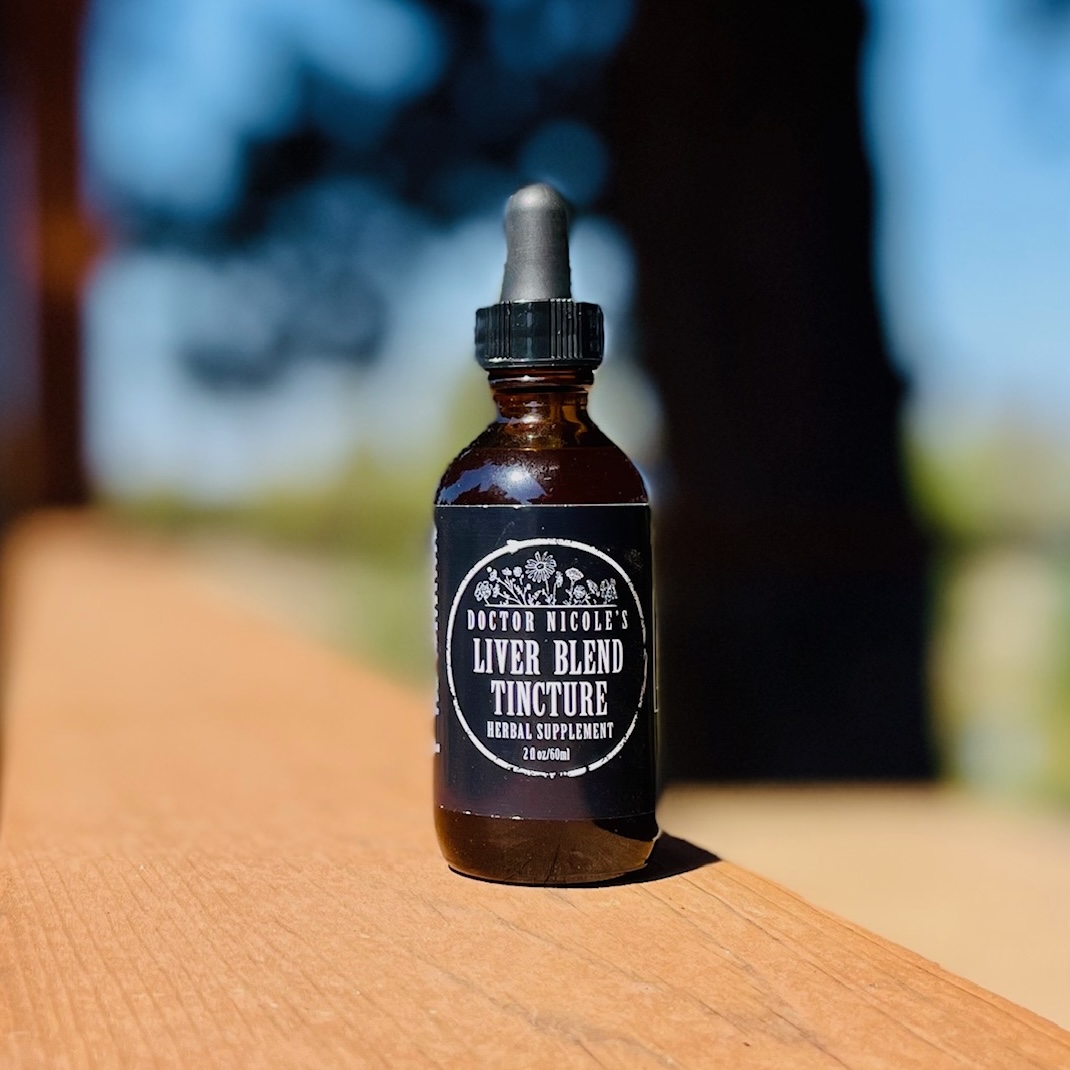The Health Risks Behind a Common Weed Killer
A new study by the Centers for Disease Control (CDC) has found disturbing levels of glyphosate in the urine samples of over 80% of U.S. residents ages six years and older. This is especially concerning considering the chemical — the main active ingredient in Bayer’s Roundup Ready herbicide — has been shown to be a probable human carcinogen by the World Health Organization’s International Agency for Research on Cancer in 2015.2 It is also controversial due to its link to non-Hodgkin’s lymphoma.3 The use of the herbicide has increased dramatically since it was first introduced in 1974 as Monsanto’s Roundup when genetically modified crops were developed in 1994 to withstand the herbicide. It is the second most popular home and garden chemical on the market in the United States. Glyphosate is so pervasive throughout the environment that it is found in rain, waterways, soil, and the food supply. Because of this, it is crucial to maintain gut health and your detoxification pathways, which we will explore below.
The Research
As part of the National Health and Nutrition Examination Survey (NHANES) by the CDC, researchers analyzed data on a wide variety of chemicals, nutritional status, cholesterol, viral infections, blood glucose levels, heavy metals, and more.1 For our purposes here, we will take a look at their specific findings on glyphosate.
For the study, the team examined the data of 2,310 urine samples of Americans collected between 2013 and 2014. Their results show that approximately 87% of the 650 children and 80% of the adults had detectable levels of the chemical in their urine. The researchers believe that a majority of the exposure is via our food supply.
“The increasing levels [of glyphosate] in people’s urine very much correlates to the consumption of Roundup treated crops into our diet,” said Paul J. Mills, PhD, professor and chief in the Department of Family Medicine and Public Health at UC San Diego School of Medicine in a press release.6
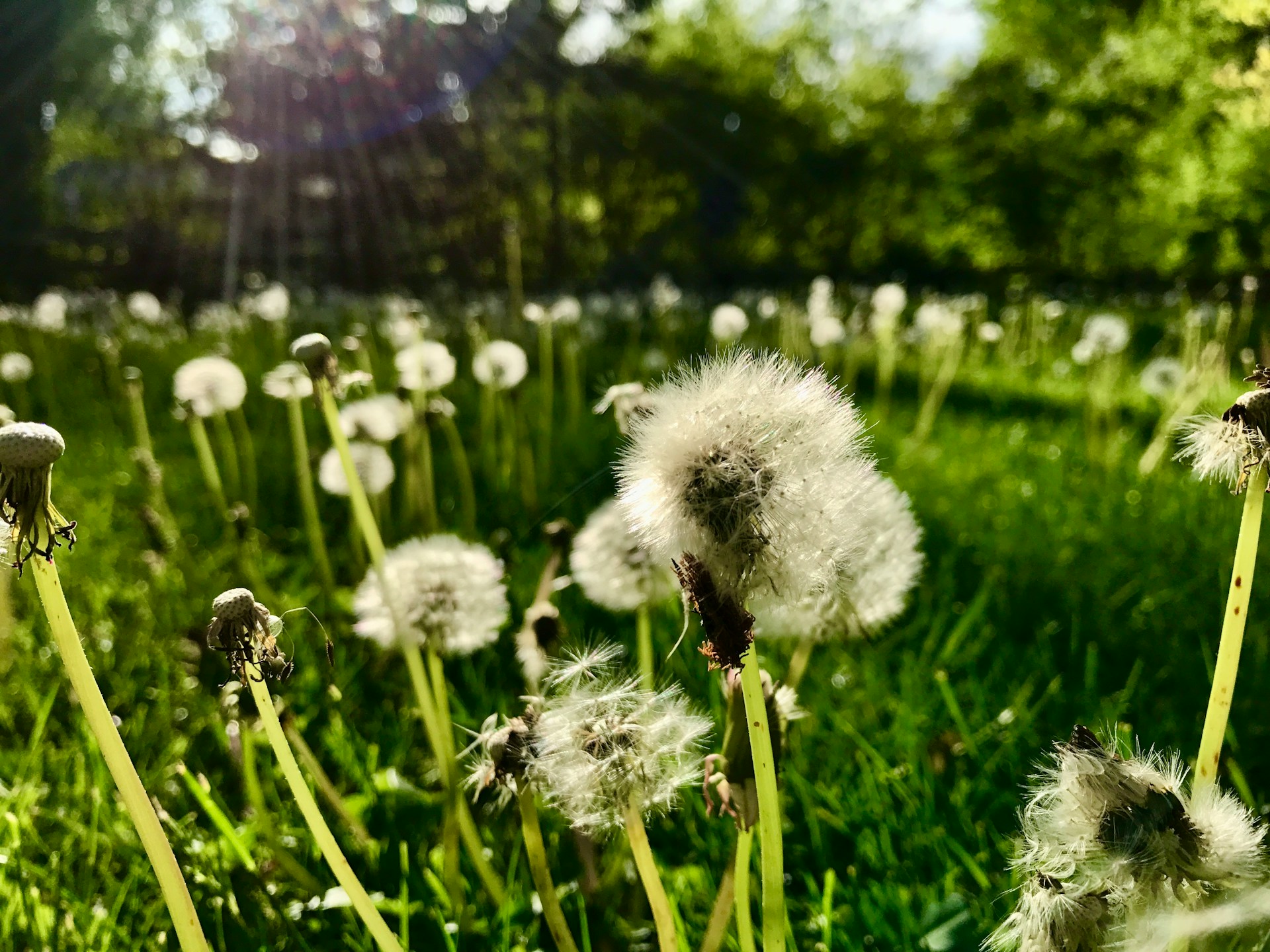
According to a press release by the Environmental Working Group, analysis of laboratory testing found 90% of non-organic hummus and chickpea samples contained glyphosate.4 Previous testing discovered the toxic chemical in a range of popular breakfast cereals, among other foods. The organization notes that high levels of glyphosate are often found in conventional potatoes, grains, and legumes due to using it as a pre-harvest drying agent — also known as a desiccant — so that crops can be harvested earlier with less risk of unexpected weather events destroying the harvest. To date, the EPA has ignored requests that glyphosate be banned from this use.
While Bayer removed glyphosate from residential products, it is still used in commercial applications. It’s important to note that the reformulation of residential Roundup Ready uses diquat, a dubious chemical alternative that has been linked with increased systemic inflammation, gut damage, and potential long-term damage to the liver, kidneys, and lungs.
“From a human health perspective, this stuff is quite a bit nastier than glyphosate so we’re seeing a regrettable substitution, and the ineffective regulatory structure is allowing it,” Nathan Donley, science director with the Center for Biological Diversity, told The Guardian.5
Diquat is banned in the UK, EU, China, and many other countries, but is still allowed in the United States.

Steps to Reduce Glyphosate Exposure
First and foremost, it’s important to eat a largely organic diet. While this will not protect you 100% as many crops are contaminated with glyphosate due to wind drift and rainwater, it will greatly reduce exposure. Processed foods, granola bars, rolled oats, breakfast cereals, wheat pasta, hummus, and bottled orange juice contain some of the highest levels of the herbicide when sourced from conventional and/or genetically modified crops. Gluten-free products can be particularly problematic — see this post to learn more. Some organic food companies are beginning to test for glyphosate and have independent certification — it’s something to keep an eye out for in the future.
While there isn’t definitive research showing glyphosate has made its way into our water supply and aquifers, it’s always a good idea to filter your water as a precaution and to remove other chemicals, toxins, and pharmaceuticals. Reverse osmosis and Berkey gravity filters are both excellent options.
Of course, it’s wise to avoid any chemical weedkillers in your yard. An easy, non-toxic, and effectual alternative is to combine 1/2 gallon vinegar, 1/2 cup salt, and 2 tablespoons of dish soap in a spray bottle and use on young weeds. Once the weeds are established and broadleaf, natural alternatives are less effective.
Best Practices for Detoxification
Due to the widespread problem of glyphosate toxicity, it’s important to support your natural detoxification pathways, heal the gut, and encourage a healthy microbiome. Glyphosate is known to not only disrupt the healthy balance of gut bacteria, but also to encourage inflammation and the development of leaky gut. Our Balanced Gut Blend addresses both of these issues through targeted botanicals. Here are the unique benefits of each:
Reishi is rich in beta-glucans, glycoproteins, and triterpenes, which helps reduce inflammation, modulate the immune system, and support the gut lining — making it especially helpful for issues such as leaky gut and autoimmune imbalances. Turkey tail complements this with strong prebiotic properties, helping to feed beneficial gut bacteria while addressing inflammation, candida overgrowth, along with viral and bacterial infections. Plantain gently soothes inflammation in the digestive tract and calms irritated mucous membranes. Lastly, slippery elm and marshmallow root coat the intestinal lining with a protective mucilage layer, helping reduce irritation, promote healing, and ease discomfort from conditions like IBS, diarrhea, or leaky gut.
To help cleanse and support your major detoxification organs our Liver Blend contains three powerful herbs. Dandelion root acts as a gentle diuretic, helping flush toxins while reducing liver inflammation and supporting gut health through its prebiotic inulin content. Milk thistle seed is rich in silymarin, a compound known to protect and regenerate liver cells, clear environmental and pharmaceutical toxins, and address conditions like fatty liver, hepatitis, and cirrhosis. Schisandra berries round out this formulation with the ability to promote liver regeneration and support detoxification pathways. Schisandra also helps to heal non-alcoholic fatty liver disease. Together, these herbs work together to support liver function, metabolic health, and the body’s natural cleansing processes.
In today’s world where glyphosate exposure is unavoidable, supporting your gut and detoxification pathways is more important than ever. From soothing inflammation and sealing the gut lining to feeding beneficial microbes and enhancing liver detoxification, the herbs in our Balanced Gut Blend and Liver Blend work synergistically to restore a healthy balance.
If you’re looking for natural ways to support digestion, reduce toxic load, and feel more energized, visit my apothecary to explore these blends and many other trusted remedies for overall wellness.
Nicole Apelian
Nicole’s Apothecary Products in this Post
References
- Centers for Disease Control and Prevention | National Health and Nutrition Examination, Survey, 2013-2022. https://wwwn.cdc.gov/Nchs/Nhanes/Search/DataPage.aspx?Component=Laboratory&CycleBeginYear=2013
- IARC Monograph on Glyphosate, World Health Organization | International Agency for Research on Cancer, July 19, 2018. https://www.iarc.who.int/featured-news/media-centre-iarc-news-glyphosate/
- Toxicological Profile for Glyphosate, U.S. Department of Health and Human Services, Agency for Toxic Substances and Disease Registry, August 2020. https://www.atsdr.cdc.gov/toxprofiles/tp214.pdf
- CDC finds toxic weedkiller in 87 percent of children tested, Environmental Working Group, 2022. https://www.ewg.org/news-insights/news-release/2022/07/cdc-finds-toxic-weedkiller-87-percent-children-tested
- “Weedkiller ingredient widely used in the US can damage organs and gut bacteria, research shows” by Tom Perkins, The Guardian, July 6, 2025. https://www.theguardian.com/environment/2025/jul/06/weedkiller-diquat-organ-damage-study
- “It’s in the Weeds: Herbicide Linked to Human Liver Disease” by Debra Kamin, UC San Diego Health, May 14, 2019. https://health.ucsd.edu/news/press-releases/2019-05-14-herbicide-linked-to-human-liver-disease/


